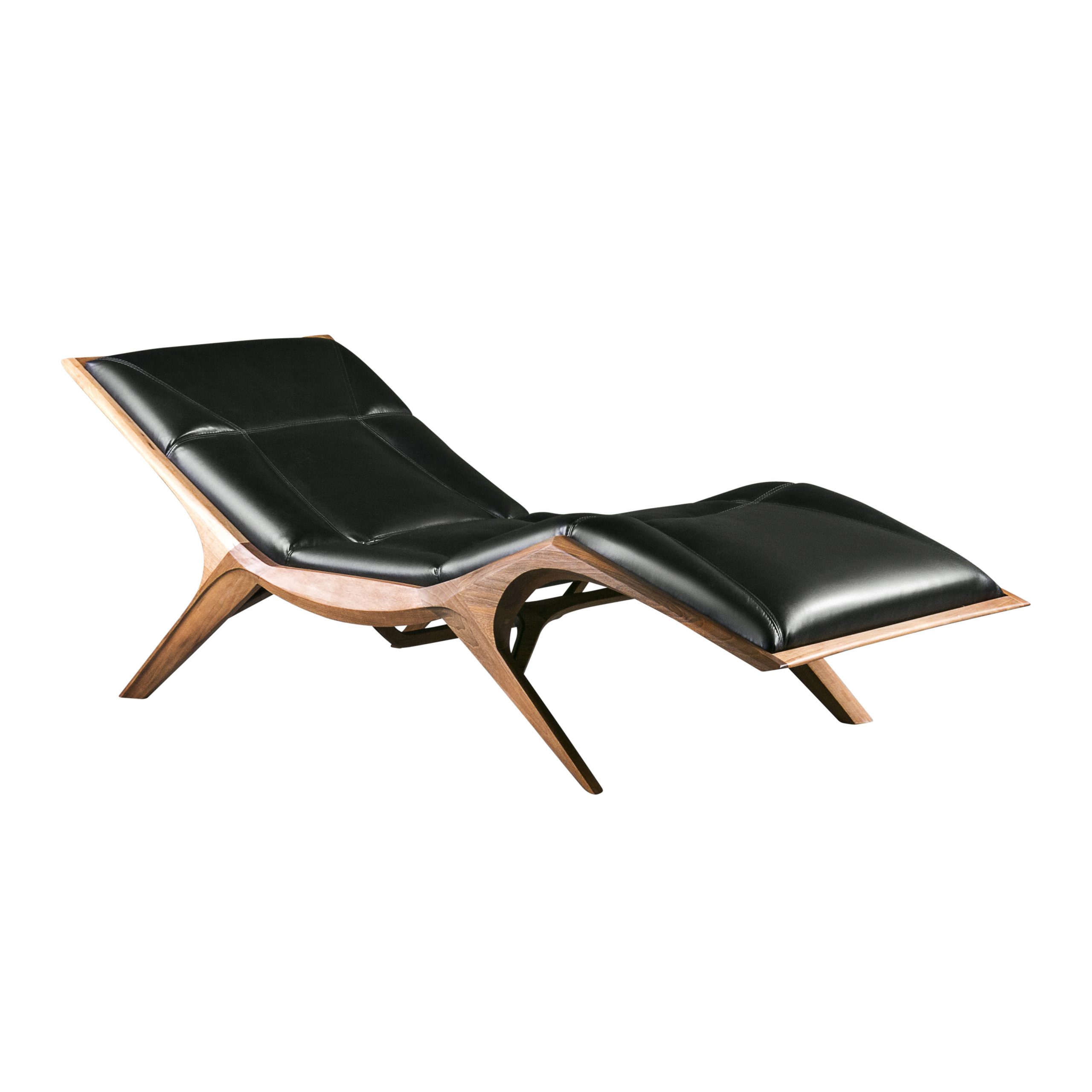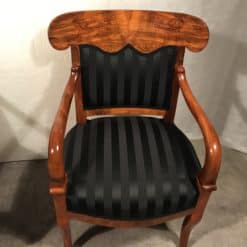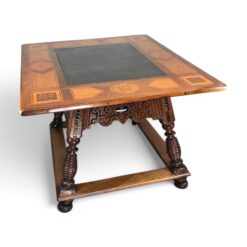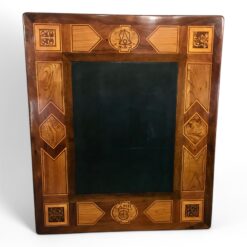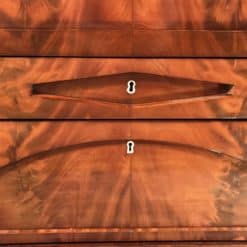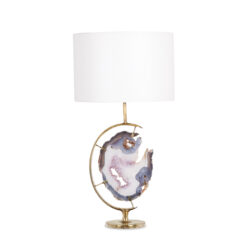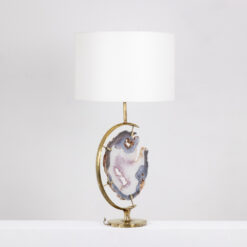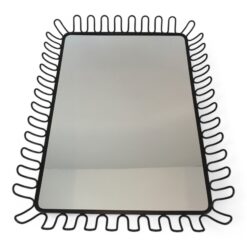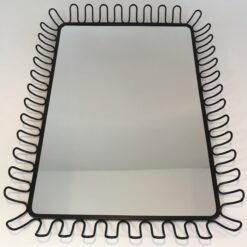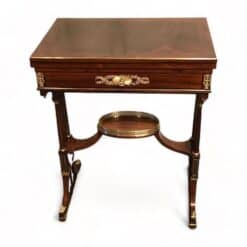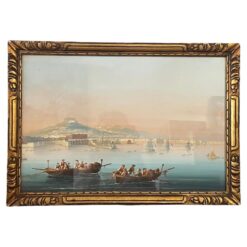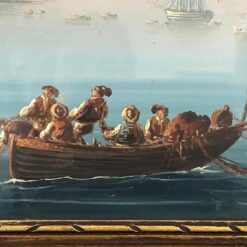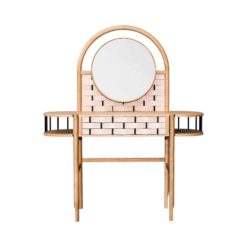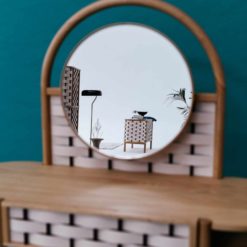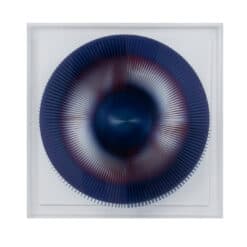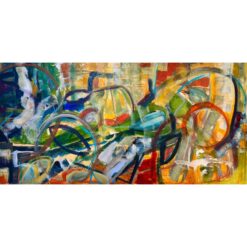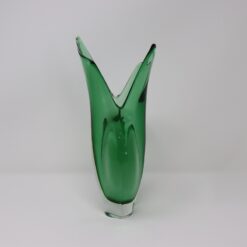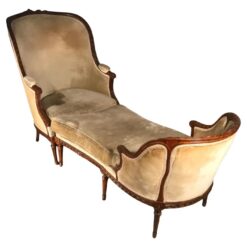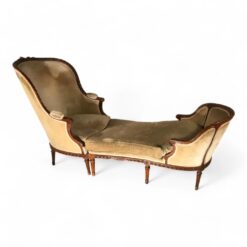Best Sellers
Chairs, Furniture, How-To & Inspiration, Styylish History
From Chaise Longue to Duchesse Brisée: The Evolution of Elegant Reclining Furniture
When it comes to antique seating, few pieces capture the imagination like the chaise longue. Long associated with aristocratic leisure and refined interiors, this extended chair has taken many forms over the centuries. From the French chaise longue of the 18th century to the elegant duchesse brisée, and from the sculptural récamier to the romantic méridienne, these pieces embody both comfort and artistry. Today, they remain icons of design history and favorite statement pieces in sophisticated interiors.
What is a Chaise Longue?
The term chaise longue translates literally to “long chair” in French. It is a seat that extends to support the legs, combining the function of a chair and a daybed. Unlike a sofa, the chaise longue was originally designed for a single person to recline in comfort while reading, conversing, or simply resting.
By the 18th century, the chaise longue became an essential element of French aristocratic homes. More than just a piece of furniture, it was a symbol of refinement, allowing its owner to embody elegance even in leisure. Its graceful silhouette and flowing lines often matched the luxurious ornamentation of Rococo or Neoclassical interiors.
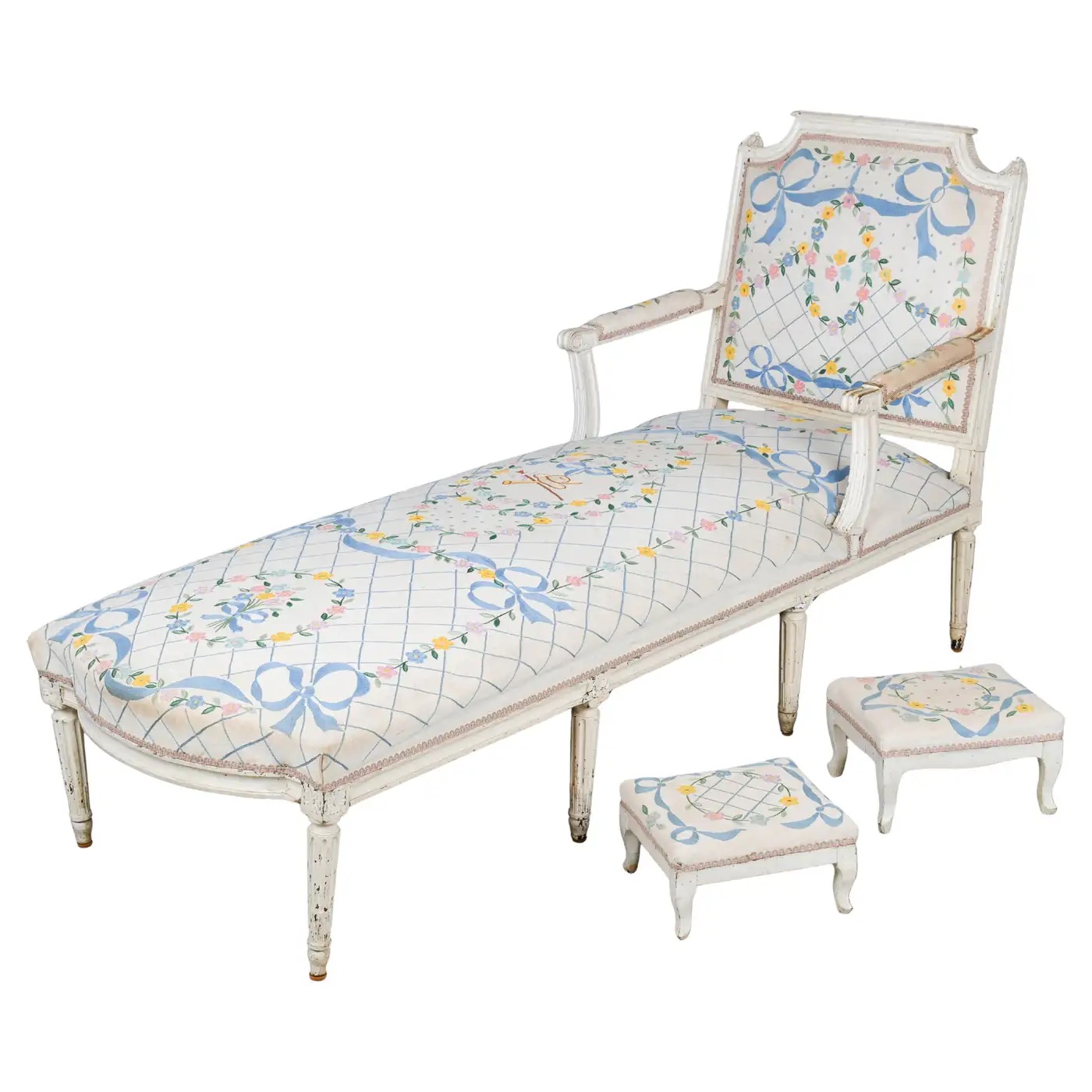
Origins in French 18th Century Furniture
The chaise longue flourished in Louis XV and Louis XVI interiors. During this period, furniture design emphasized comfort and individuality, and the chaise longue perfectly fit that vision. Skilled cabinetmakers crafted frames in walnut, beech, or mahogany, often gilded or painted. Upholstery in rich silks, damasks, or velvets elevated these pieces further.
They were placed in boudoirs and salons — semi-private rooms where aristocrats entertained select guests or retreated for reading. The chaise longue served not only as a seat but also as a statement of cultivated taste.
The Rise of the Duchesse Brisée
By the late 18th and early 19th centuries, the chaise longue evolved into a new form: the duchesse brisée. Literally meaning “broken duchess,” this piece consisted of two or three separate seating elements — typically an armchair and one or two ottomans. When pushed together, they formed an extended lounge. When separated, they served as individual seats.
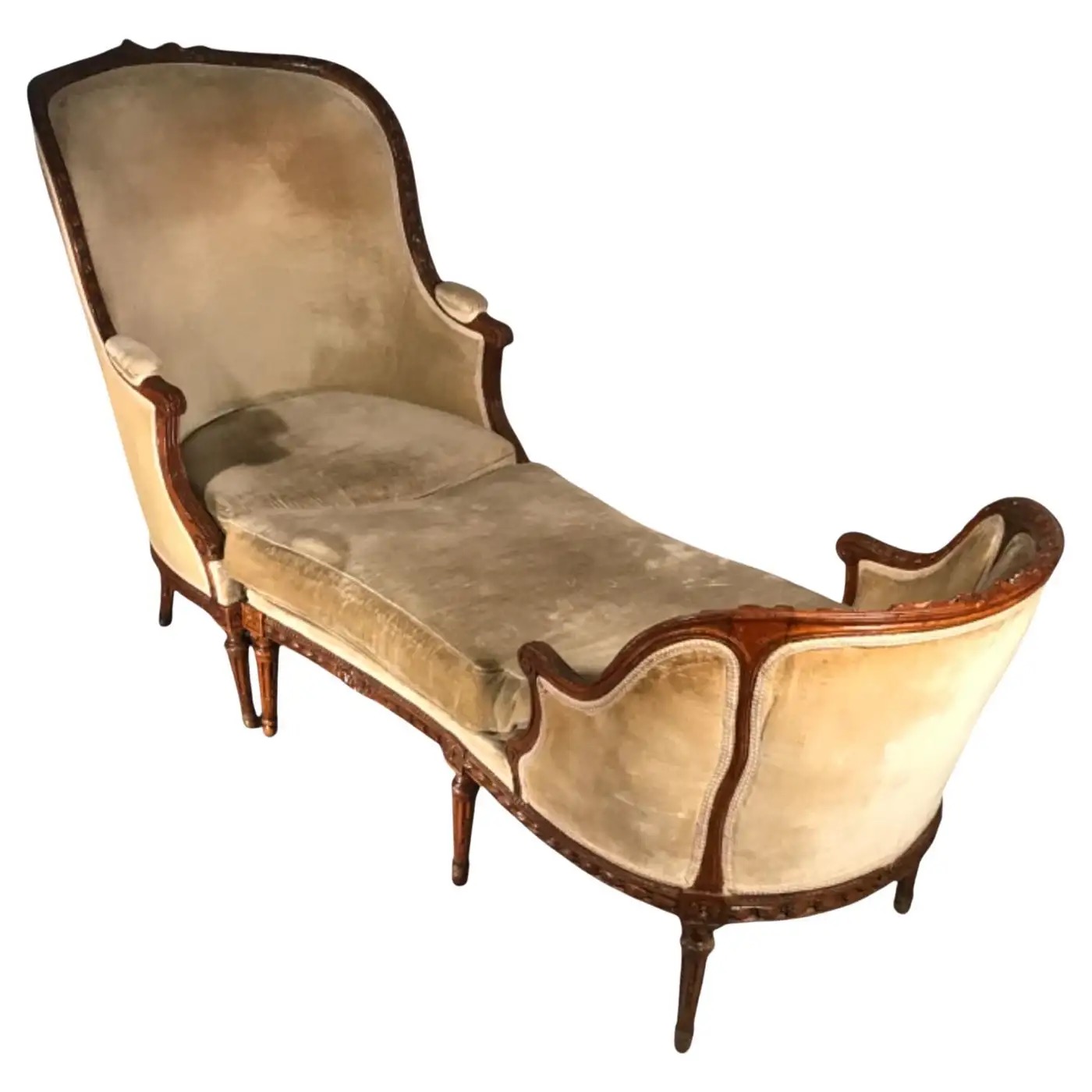
This flexible design reflected the changing culture of social gatherings in the late Enlightenment and Empire periods. The duchesse brisée allowed for both intimate reclining and rearrangement for conversation. It was particularly popular in Empire and Biedermeier interiors, where furniture emphasized both practicality and elegance.
Today, antique duchesses brisées are highly sought after for their versatility and graceful proportions. They bring a sense of aristocratic leisure into modern living rooms or bedrooms, while still functioning as practical seating.
The Distinctive Récamier
Another famous variation of the chaise longue is the récamier, named after the French socialite Madame Juliette Récamier, who was famously painted reclining on one in 1800 by artist Jacques-Louis David. The récamiers are characterized by a high back at one end and a low foot at the other, often with scrolling curves.
Unlike the duchesse brisée, the récamier is a single piece, sculptural and symmetrical in its effect. It quickly became an icon of Neoclassical design, echoing the clean lines of Greek and Roman furniture.
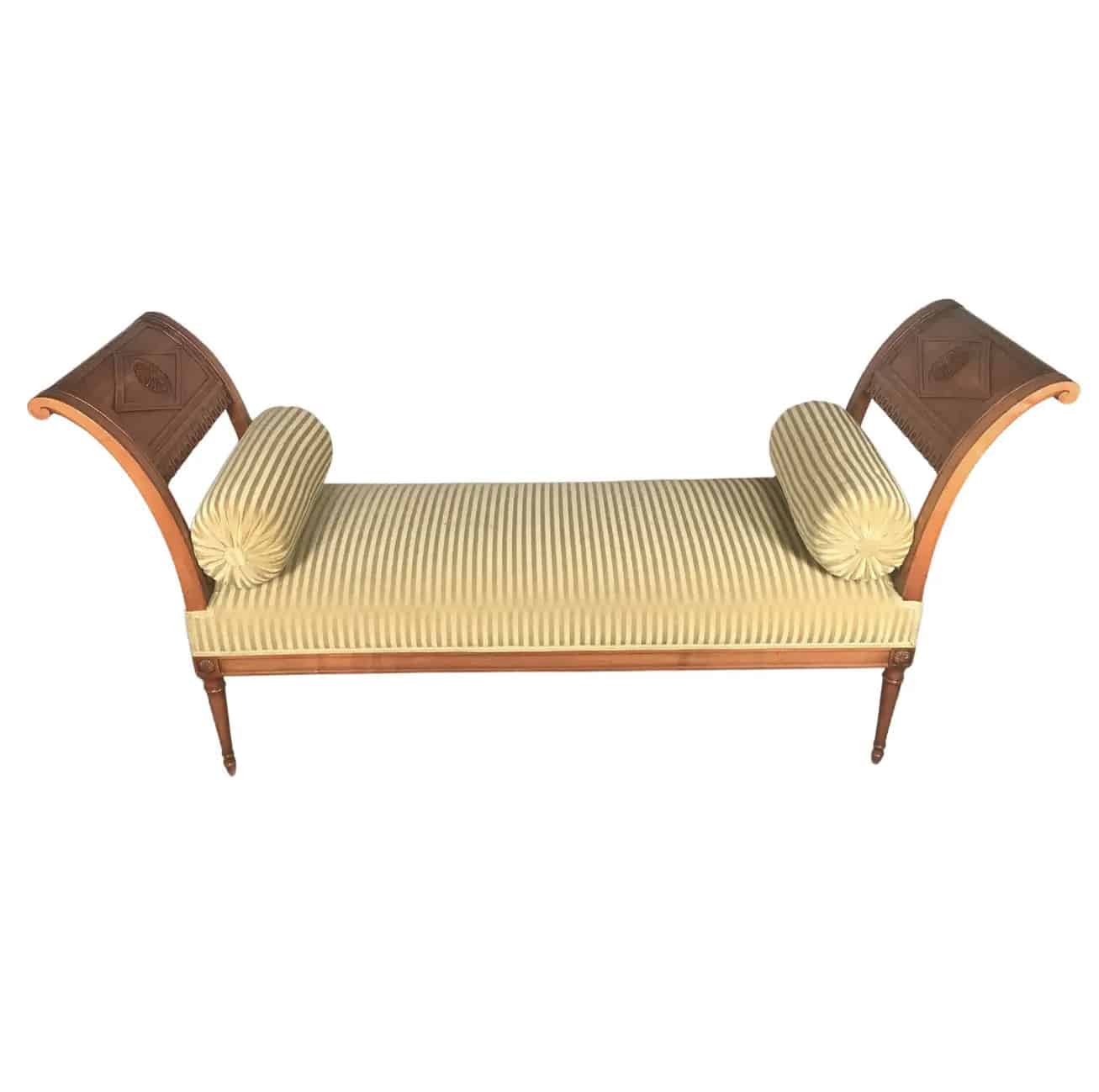
Placing a récamiers in a salon or boudoir symbolized refinement, learning, and taste. Even today, interior designers admire the récamiers for its balance of elegance and restraint.
The Romantic Méridienne
Closely related is the méridienne, a chaise with an asymmetrical back that rises on one side, curves gracefully, and then falls lower on the other end. Its name comes from the French word for “midday nap” (sieste méridienne).
Méridiennes became especially popular in the 19th century. They provided a stylish place to rest in drawing rooms or private chambers and were often upholstered in sumptuous fabrics. Their sweeping curves and intimate proportions made them perfect for romantic interiors.
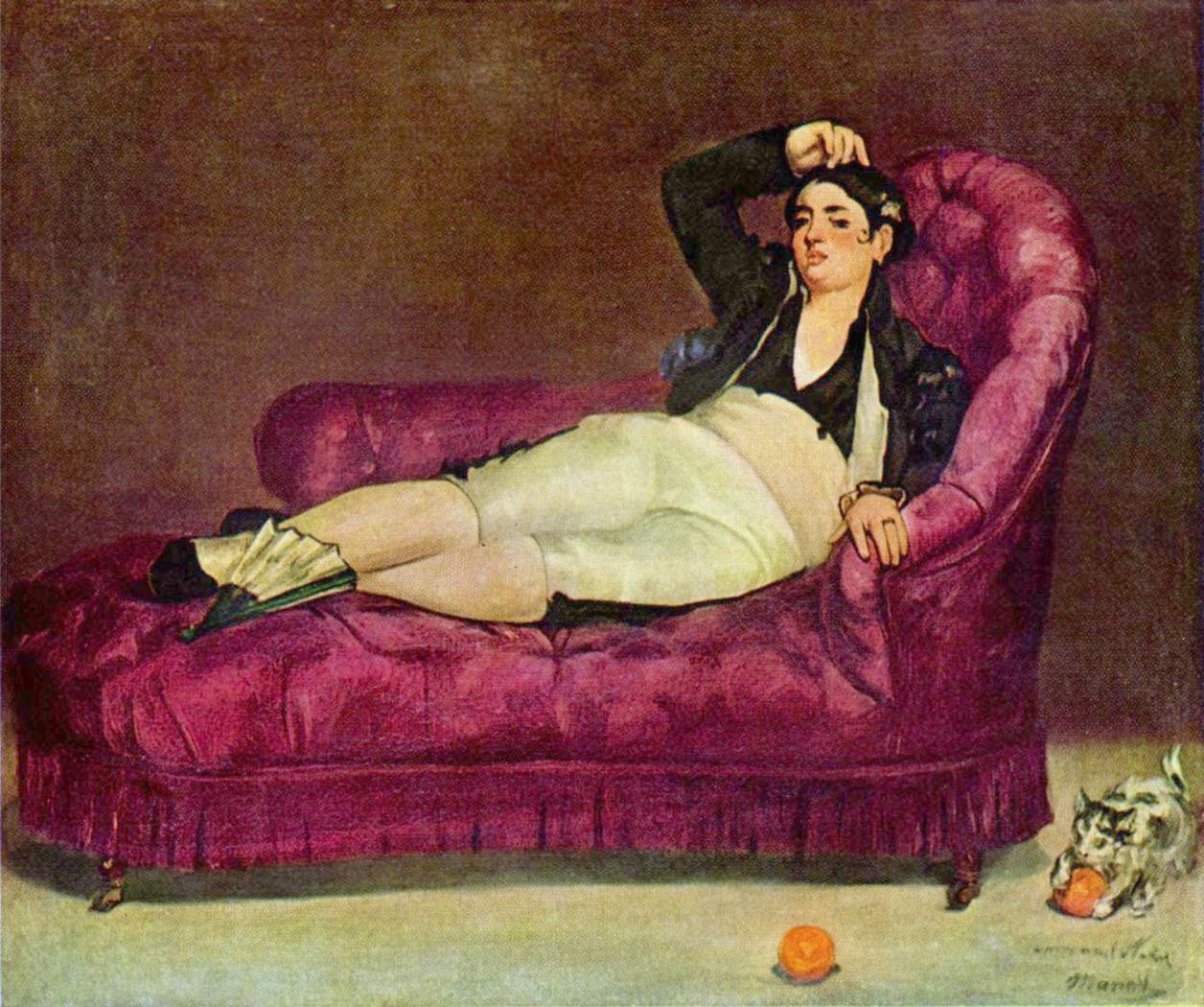
Chaise Longues in Biedermeier and Empire Styles
While the chaise longue began as a French invention, it spread quickly across Europe. In the early 19th century, the Empire style in France and Austria adopted it as a staple of elegant living. Frames were often in mahogany or walnut, decorated with classical motifs such as swans, sphinxes, or laurel wreaths.
At the same time, the Biedermeier style in Central Europe gave the chaise longue a more restrained and practical interpretation. Clean lines, light woods like cherry or birch, and simple upholstery emphasized comfort and modest elegance over pomp. These Biedermeier versions appealed to the rising bourgeoisie, who sought refinement without excessive ornamentation.
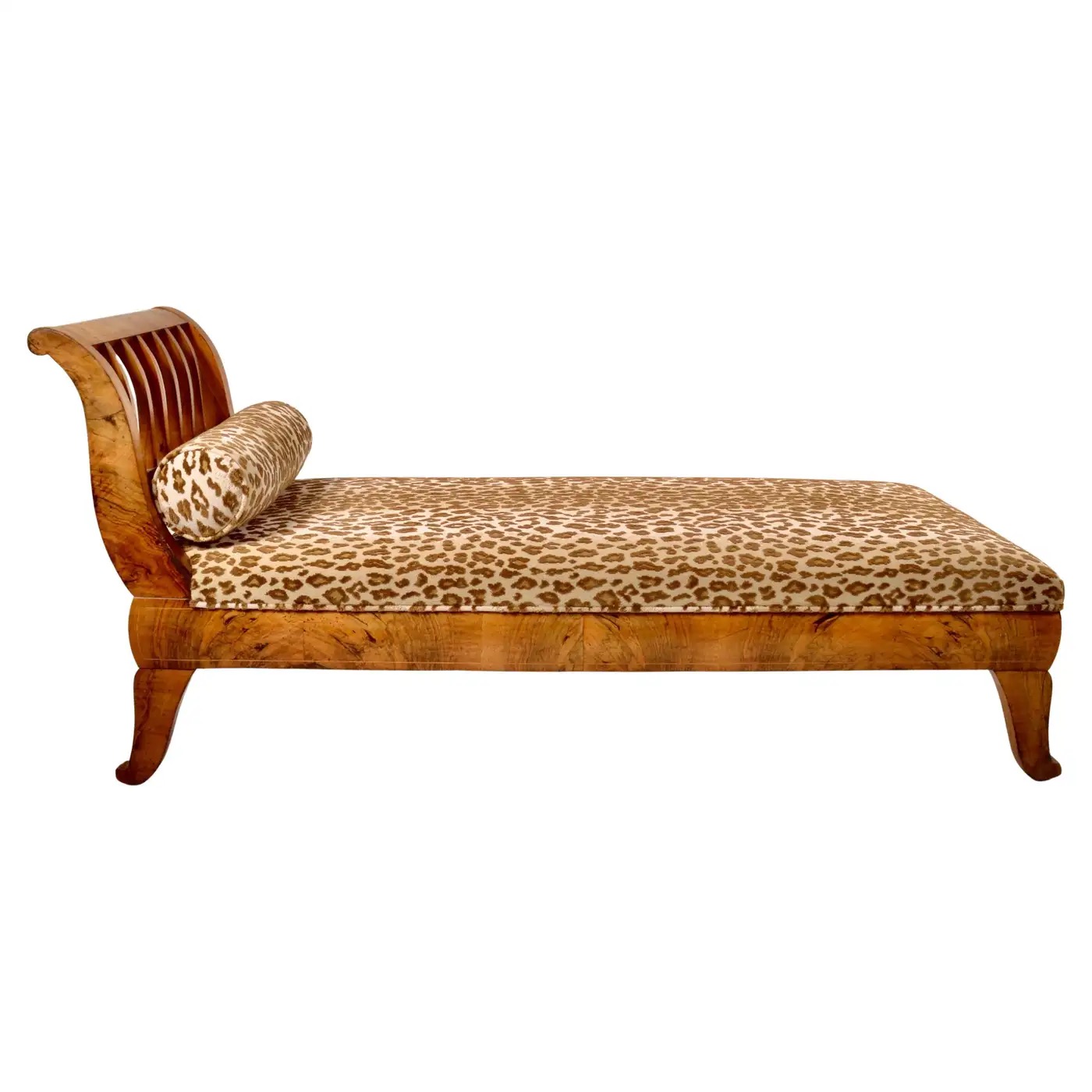
Differences Between Chaise Longue, Duchesse Brisée, Récamier, and Méridienne
It is easy to confuse these terms, but each represents a distinct historical form:
-
Chaise longue – the general long chair, designed for reclining.
-
Duchesse brisée – a “broken” chaise made of two or three modular parts.
-
Récamier – a symmetrical, Neoclassical lounge with a high headrest and low footrest.
-
Méridienne – an asymmetrical lounge with a sweeping, slanted back, ideal for napping.
Knowing these distinctions adds depth when discussing or collecting antique seating. For designers, choosing between them can dramatically alter the mood of an interior.
Modern Uses in Interior Design
Though rooted in the 18th and 19th centuries, chaise longues and their variations still play an important role in contemporary interiors. Designers love them for their sculptural silhouettes, which add drama and elegance to a room.
Placed in a living room, they provide extra seating while also serving as a focal point. In a bedroom, a duchesse brisée or méridienne offers a graceful alternative to a bench at the foot of the bed. In a library or study, a chaise longue invites leisurely reading, just as it did centuries ago.
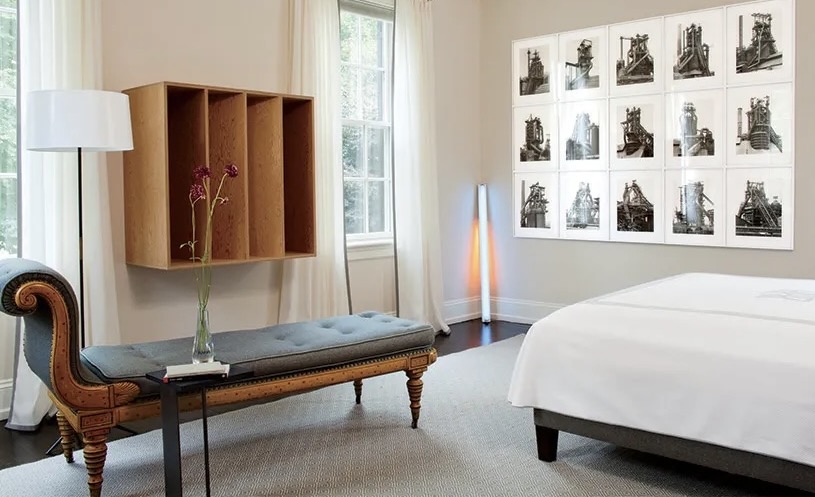
Mixing antique chaise longues with modern art and clean-lined furniture creates a striking contrast that highlights their timeless beauty. Upholstery can also transform them — a bold patterned fabric can make an Empire chaise longue feel fresh, while neutral tones emphasize its architectural lines.
Why Collect Chaise Longues and Duchesse Brisées Today
Antique chaise longues, duchesses brisées, récamiers, and méridiennes are not only functional but also works of art. Each reflects the social habits, craftsmanship, and aesthetics of its time. Collectors and interior designers prize them for their ability to combine comfort with elegance.
At Styylish, we believe these pieces are more than relics of the past. They bring history alive in today’s interiors, offering a tangible connection to centuries of European culture. Whether you are drawn to the clean simplicity of Biedermeier, the grandeur of Empire, or the romance of Rococo, a chaise longue or duchesse brisée can be the perfect statement piece.
Conclusion
The story of the chaise longue is the story of refined living. From its aristocratic beginnings in 18th-century France to its adaptations across Europe, it evolved into many variations — the modular duchesse brisée, the sculptural récamier, and the romantic méridienne. Each form reflects a unique balance of style and function.
Today, these reclining seats continue to enchant collectors, designers, and homeowners alike. They bring elegance, comfort, and a touch of history into any space. Whether in a Parisian salon two centuries ago or in a modern living room today, the chaise longue remains a timeless symbol of leisure and beauty.
